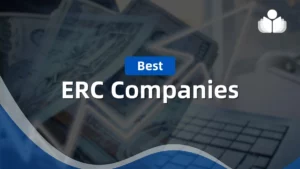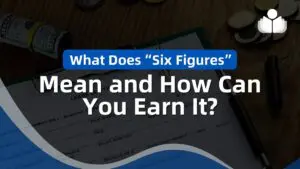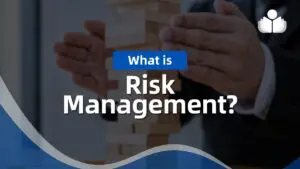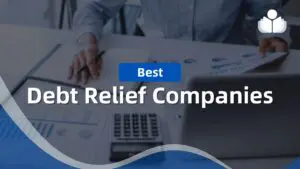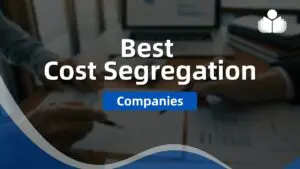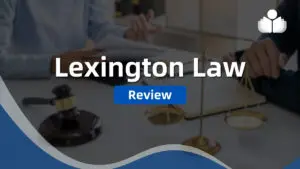Show Me the Money & Keep It Coming
For today’s look at grantsmanship, I am outlining a four-step process for successful nonprofit grantsmanship. And, because many people – not me, but many other people – find grantsmanship a bit dull, there are plain-language subtitles to lighten it up a bit.
Grant Prospecting
Figuring out who has the money: “Prospecting” is the process of looking for likely grantors to fund your organization. I’ll go into more detail in next month’s post about what makes a good prospect, but the most important factor to look for is significant overlap between the foundation’s purpose and your organization’s mission. In later posts I’ll also describe more about prospecting and some good tools to use.
Grant Cultivation
Getting in good with those who have the money: Cultivation is an extremely important step, just as important as identifying good prospects. Building a relationship with foundation trustees and/or managers takes time, but is a valuable investment to position your grant applications for success.
From my own experience, I can verify that working with potential grantors before submitting an application will result in a much higher acceptance rate. It can also save you time, because meeting with a “hot” grant prospect may yield information about their foundation’s purpose that suggests they are not such a good fit with your organization. Better to find out early before spending time to develop the proposal.
Grant Development
Telling those who have the money what they want to hear: this step could also be entitled, “Proposal Development,” and includes writing and submitting grant proposals (including budgets), and sometimes planning projects if they haven’t been implemented yet at your organization.
Grant writing is creative, but it’s not freeform fiction. Following the grantor’s guidelines and telling them what they want to hear is very important. And, grantors certainly don’t want your budgets to be works of fiction.
Grant Management
Telling those who gave you the money that you spent it well: I often find this step to be the most rewarding because I can report to the grantor that we did meet the goals and objectives described in the proposal they funded.
This step, and the Grant Development step before it, also requires working closely with your organization’s program staff to establish goals and objectives, and monitor and report on outcomes.
When these four steps are done well – with each step considered and implemented – you can be sure that your grants program will be productive and cost-effective.
=-=-=-=-=-=-=-=-=-=-=-=-=-=
Lynn deLearie Consulting, LLC, helps nonprofit organizations develop, enhance and expand grant programs, and helps them secure funding from foundations and corporations. She can be contacted at lynn.delearie@gmail.com.
 Sections of this topic
Sections of this topic



